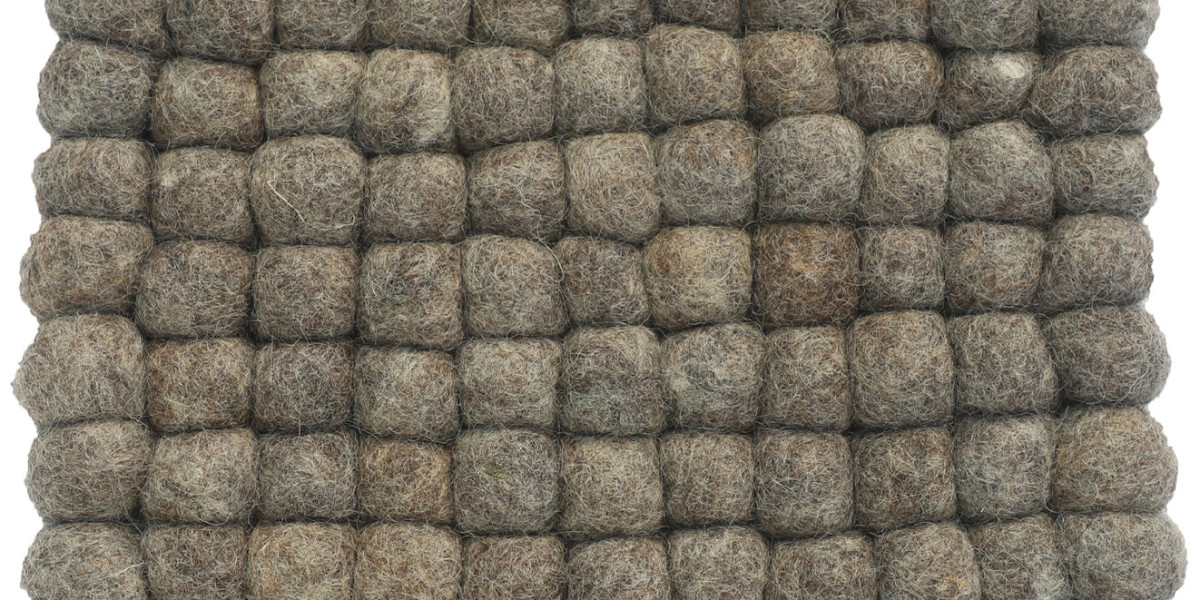Nepal, a land of diverse cultures and rich traditions, is known not only for its breathtaking landscapes but also for its remarkable handicrafts. Among these treasures, Nepali wool table mats stand out as exquisite examples of traditional craftsmanship that blend beauty and functionality. This article delves into the artistry behind Nepali wool table mats, exploring their creation process, cultural significance, and the reasons they've become a sought-after addition to homes around the world.
The Art of Crafting Nepali Wool Table Mats
Handmade with meticulous attention to detail, Nepali wool table mats are the result of a time-honored tradition passed down through generations. Skilled artisans use locally-sourced wool, often from Himalayan sheep, to create these mats. The process involves several intricate steps:
Shearing and Preparation: The wool is carefully sheared from the sheep, then cleaned and sorted to remove impurities and excess oil.
Spinning: The cleaned wool is spun into yarn using traditional spinning techniques. The yarn's thickness and texture depend on the intended design and use of the table mat.
Dyeing: Natural dyes sourced from plants, minerals, and insects are used to color the yarn. This step not only brings vibrant hues to the mats but also aligns with the eco-friendly ethos of Nepali craftsmanship.
Weaving: Using traditional handlooms, artisans weave the dyed yarn into intricate patterns. This process requires skill and patience, as even the most complex designs are created by hand.
Finishing: After weaving, the mats undergo a finishing process to ensure they are sturdy and well-made. Any loose threads are carefully trimmed, and the mats are gently washed and dried.
Cultural Significance
Nepali wool table mats are more than just decorative pieces; they are woven with cultural significance and deep-rooted traditions. In Nepal, wool has been used for centuries to craft warm clothing and textiles to combat the Himalayan cold. By incorporating wool into table mats, artisans pay homage to their heritage while also showcasing the adaptability of their craftsmanship.
Elegance and Functionality
Beyond their cultural importance, Nepali wool table mats bring an element of elegance and functionality to modern homes. Their intricate designs and rich colors add a touch of sophistication to dining settings and interior decor. Furthermore, the wool's natural insulation properties make these mats ideal for protecting tables from both hot and cold dishes, providing a practical yet stylish solution for daily use.
Sustainability and Ethical Considerations
The production of Nepali wool table mats aligns with sustainable and ethical practices. The use of natural dyes, locally-sourced wool, and traditional techniques minimizes the environmental impact of the craft. Additionally, the handmade nature of these mats supports local artisans and preserves cultural heritage.
Conclusion
Nepali wool table mats are more than just functional accessories; they are a testament to the artistry and craftsmanship deeply embedded in Nepal's culture. From the laborious process of hand-spinning wool to the intricate weaving of designs, each table mat is a labor of love and a connection to the country's rich heritage. By choosing these mats, individuals not only adorn their living spaces with beauty but also support sustainable practices and the livelihoods of skilled Nepali artisans.



